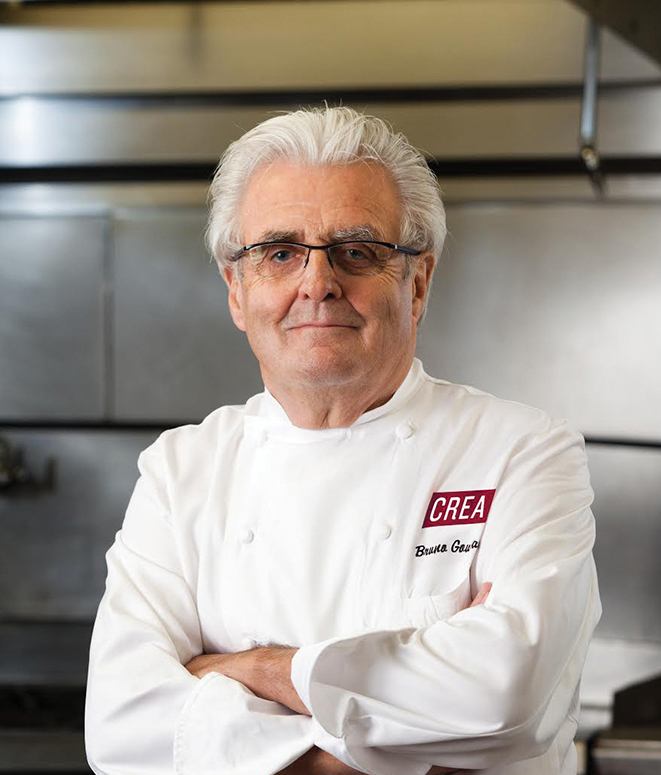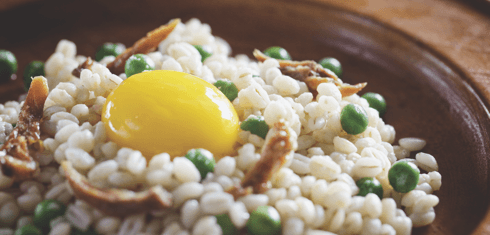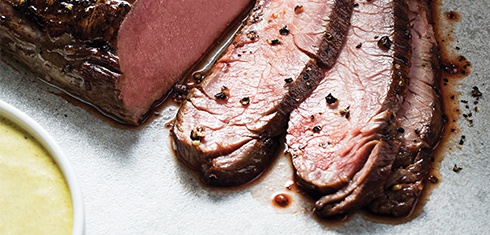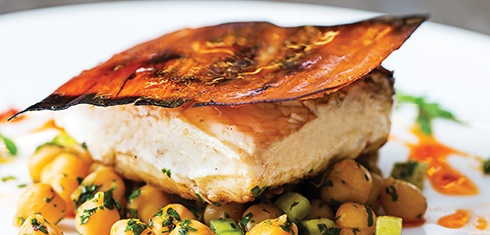Interview by Sarah Schaffer
You’ve trained Michelin-starred chefs from all over the world, some of whom came of age in very traditional culinary environments. How do you get the most skeptical toques to understand and embrace sous vide during your workshops?
I think the first thing to get them to understand is the taste. Sure, the technique may be interesting to some, but for skeptics it’s the final product that really wins them over. When I prepare meals with them and we taste the sous vide product together to compare it with traditional cooking, they say, “Oh, it’s beautiful!” With sous vide, you can keep the texture of vegetables, and you can increase the aromatic profile of foods by cooking with the technique. I try to open their minds to the possibilities. The sous vide kitchen is not a lab. It’s still a kitchen—just equipped to produce more precise, consistent, and delicious results.
What’s the one thing chefs should always keep in mind when trying out the method on a meat or vegetable they’ve never cooked sous vide before?
My advice, I say two things: First, don’t always follow what you can find on the Internet, because there is a lot of bad information out there. Cuisine Solutions is the reputable authority, but others without the training, science, or skill could offer up instructions that might result in bad-tasting or unsafe food. And because of number one, I say my second tip is: Always measure the temperatures—both the core temp inside the food and the ambient temp of the water bath.
How can sous vide help home chefs reduce waste when cooking for large groups during the holidays?
To say it plainly, you have better yield and better shelf life. You can prepare in advance and you can keep the unused vacuum-sealed bags in your refrigerator for a few days.
Do you ever opt for meatless meals? If so, what vegetarian dishes do you prefer?
Yes, I do cook without meat sometimes. When you cook vegetarian meals, it’s a good idea to use fermentation to create essential amino acids. They are what humans need for good health. If you can’t ferment because of time, pick ingredients with natural aminos. Cereals and legumes are good complements to one another and some of my favorites because they contain lysine and methionine. That gives you the aminos you need. Semolina and chickpeas in couscous, for me, is the best vegetarian meal for my taste.
What is your favorite dish to cook for yourself, and how would you prepare it using sous vide?
When I am not working or traveling and have time to cook for myself, I love to prepare steaks on the grill. Beef. Fatty beef. It’s special for me, because you don’t get so much fat burnoff when you char steaks on the grill after the sous vide process. The results are very tasty. I always pair a good steak with a bold red wine. But with moderation, always!
Have a question about sous vide for Dr. Goussault? Email askthemaster@lecrea.com. This article originally appeared in Sous-Vide magazine’s Fall/Winter 2018 issue.
Related Articles VIEW ALL ARTICLES
Chefs & Personalities
Ask the Master: Bruno Goussault on Plastics, Cooling, and more.
Cuisine Solutions’ Chief Scientist Dr. Bruno Goussault discusses safe sous vide plastics, keeping your circulator residue-free, and more.
Read More >Chefs & Personalities
Ask the Master: Bruno Goussault on Science and Food
Cuisine Solutions’ Chief Scientist, Dr. Bruno Goussault, answers questions about sous vide safety and the best foods to cook sous vide.
Read More >Chefs & Personalities
Ask the Master: Bruno Goussault on the Future of Sous Vide Technology
Cuisine Solutions’ Chief Scientist, Dr. Bruno Goussault, discusses proper circulation, high-pressure pasteurization, and more.
Read More >Related RecipesVIEW ALL RECIPES
Sous Vide Flank Steak
 Beginner
BeginnerJuicy, flavorful, and perfectly done: Follow this sous vide flank steak recipe for red-meat nirvana.
Wood Skin Halibut & Chickpea Salad
 Beginner
BeginnerMiddle Eastern ingredients like bright, fresh lemon and fiery harissa combine with the sous vide method to elevate mild halibut filets.




